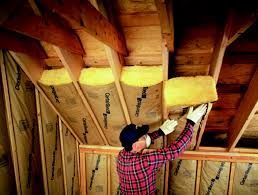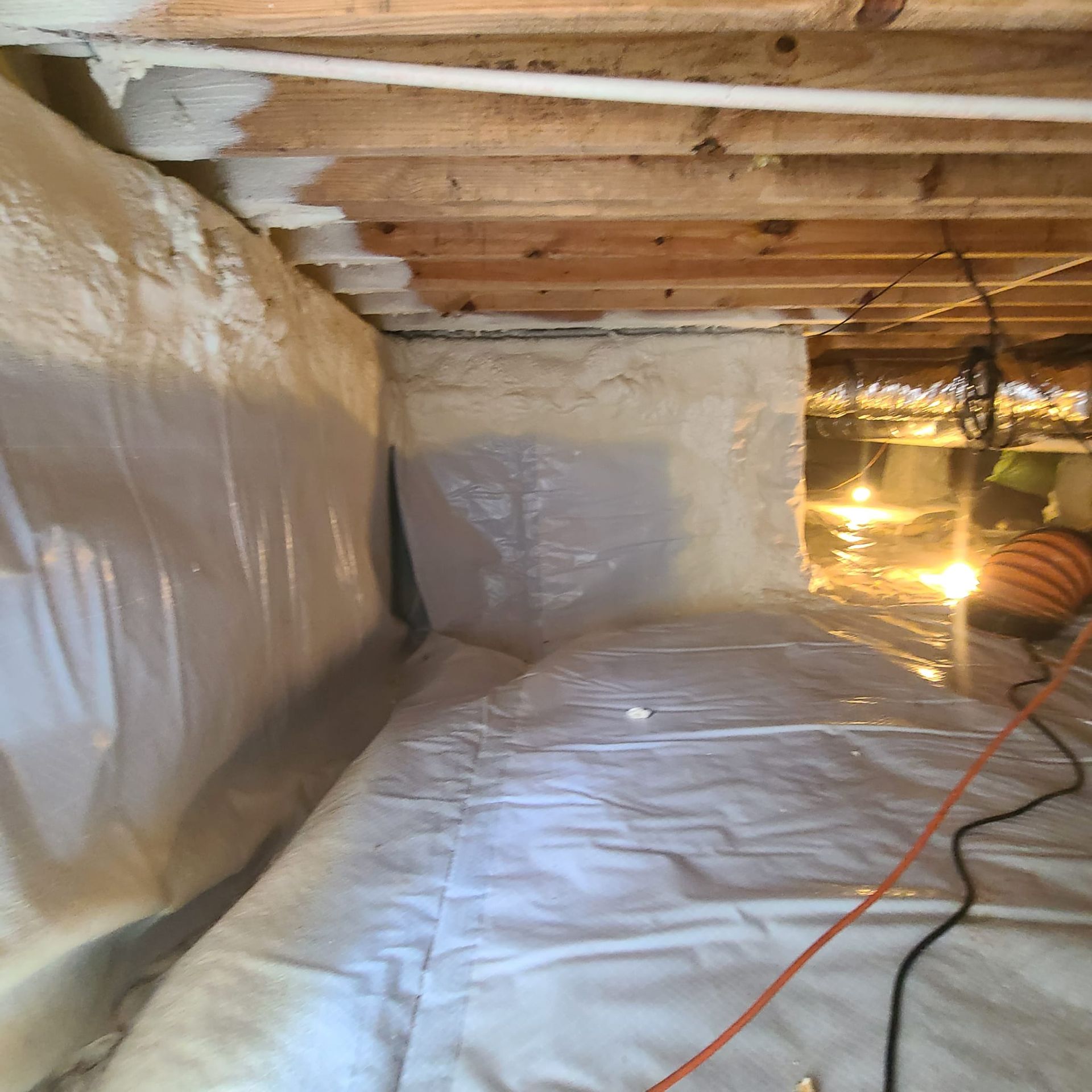When it comes to insulating your home, fiberglass insulation is a popular and effective choice. With its ability to provide thermal resistance and soundproofing, it offers numerous benefits for homeowners looking to improve their comfort while saving money on energy bills. In this section, we will explore the best practices for using fiberglass insulation in different areas of your home, including floors, walls, and ceilings.
One of the key advantages of fiberglass insulation is its durability. It can withstand wear and tear over time, making it an excellent choice for long-term use. Additionally, fiberglass insulation has unique properties that make it resistant to moisture and mold growth. This not only ensures a healthier living environment but also helps prevent costly renovation expenses down the line.
In terms of energy efficiency, fiberglass insulation excels at reducing heat transfer. By effectively trapping air pockets within its structure, it creates a barrier that prevents heat from escaping during colder months and entering during warmer months. This low-energy transfer capability not only contributes to reducing carbon emissions but also helps combat climate change.
Moreover, installing fiberglass insulation can significantly improve the overall comfort level of your home by maintaining consistent temperatures throughout different seasons. Whether you're trying to keep warm in winter or stay cool in summer, this type of insulation provides excellent thermal control.
Another benefit worth mentioning is that fiberglass insulation comes in various forms such as batts or rolls. These flexible options allow for easy installation between studs or joists in walls and floors or above ceilings. Its versatility makes it suitable for both new construction projects and retrofitting existing structures.
In conclusion, when considering the best practices for insulating your home with fiberglass material, keep in mind its durable nature, energy-saving capabilities, unique properties against moisture-related issues, enhanced comfort levels all year round while potentially saving money on energy bills. By following these guidelines and selecting the appropriate form (batts or rolls) based on your specific needs and requirements during installation; you can ensure a well-insulated home that stands the test of time.





